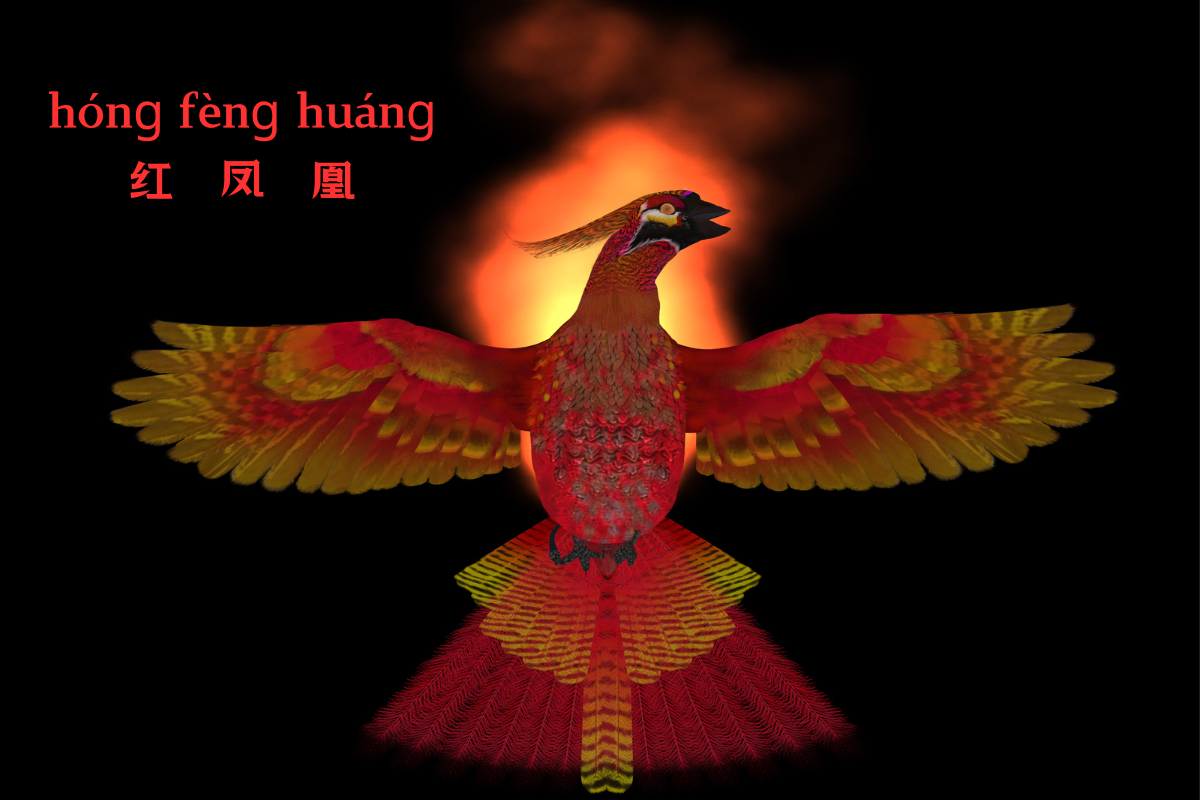Learn the tongue twisters to pronounce h and f
Have you ever attempted Chinese tongue twisters? They can be especially helpful for improving your Pinyin when learning Chinese, particularly for some of the more easily confused sounds. Today, let's focus on a tongue twister involving the sounds of "h" and "f".
On the pink wall, a phoenix is painted, with the phoenix painted on the pink wall.
粉红墙上画凤凰,凤凰画在粉红墙。
Fěn hóng qiáng shàng huà fèng huáng, fèng huáng huà zài fěn hóng qiáng.
Red phoenix, pink phoenix, red-pink phoenix, flower phoenix.
红凤凰、粉凤凰,红粉凤凰、花凤凰。
Hóng fèng huáng, fěn fèng huáng, hóng fěn fèng huáng, huā fèng huáng.

Phoenix (fèng huáng) is a sacred bird in traditional Chinese culture and is regarded as a symbol of good fortune and luck. To pronounce phoenix correctly, you can follow these steps:
Feng (fèng): When pronouncing the word, first gently press the tip of the tongue against the lower gums, and then release the airflow so that the tip of the tongue is slightly raised but does not touch the roof of the mouth. At the same time, your lips should be slightly open, but not too tightly closed. The stress is on the first syllable, “feng”.
Huang (huáng): When pronouncing, pay attention to the lip shape, close the lips tightly, and then suddenly separate them to release the airflow and produce a clear plosive sound. The stress is on the first syllable, “huang”.
Pink (fěn) and Red (hóng): These two words are pronounced with a voiceless consonant "f" and a voiceless nasal "n". When pronouncing the word, first place the tip of your tongue lightly against the lower gums, then send out airflow from the nasal cavity to form the sound of "f", and finally make the sound of "n". The point is to make sure the "f" is pronounced clearly and smoothly.